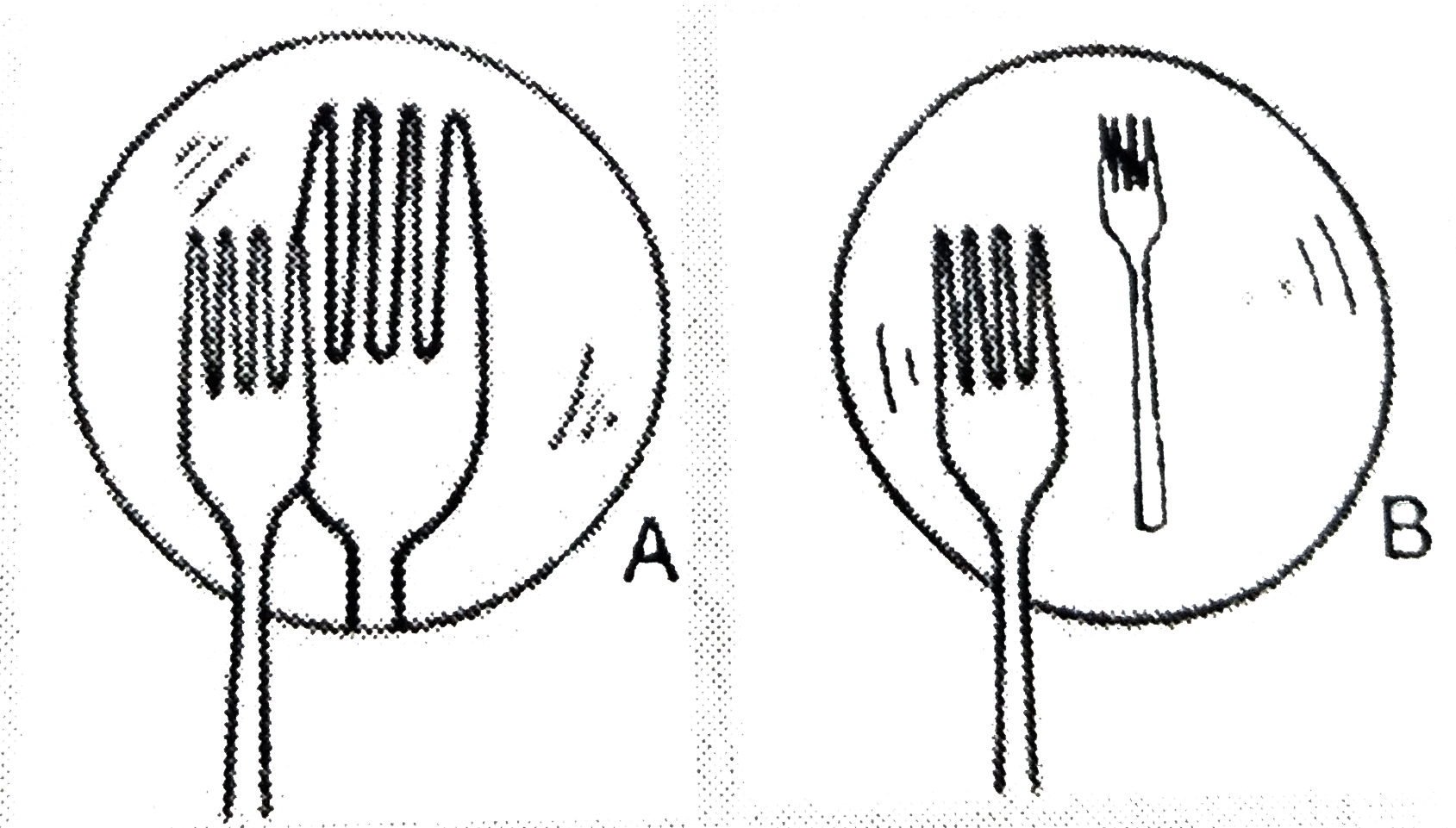Draw a diagram showing the multiple reflections of an object placed in front of two mirrors.
To solve the question of drawing a diagram showing the multiple reflections of an object placed in front of two mirrors, we can follow these steps:
1. Draw the Two Mirrors: Start by drawing two straight lines to represent the mirrors. Position them at an angle to each other. For simplicity, we can place them at a 90-degree angle, but they can be at any angle.
2. Label the Mirrors: Label the mirrors as Mirror A and Mirror B. This will help in identifying which mirror is reflecting the light.
3. Draw the Object: Place an object in front of the mirrors. You can represent the object as a simple shape, like a rectangle or a circle, and label it as "Object".
4. Draw the Light Rays: From the object, draw light rays (straight lines) that travel towards the mirrors. Ensure that at least one ray hits Mirror A and another hits Mirror B.
5. Show Reflections: For each light ray that hits a mirror, draw the reflected rays. When a light ray hits Mirror A, draw the reflected ray moving away from the mirror. Do the same for Mirror B.
6. Indicate Multiple Images: Continue the process of drawing light rays reflecting between the two mirrors. Each time a light ray reflects off a mirror, it can be treated as a new object for the next reflection. Draw the images created by these reflections. You can represent these images as smaller versions of the original object.
7. Label the Images: Label the images created by the reflections (e.g., Image 1, Image 2, etc.) to indicate that these are the multiple reflections of the original object.
8. Final Touches: Add any additional details, such as arrows on the light rays to indicate the direction of light, and ensure everything is clearly labeled.
Diagram Summary:
- Two mirrors at an angle (e.g., 90 degrees).
- An object placed in front of the mirrors.
- Light rays reflecting off the mirrors, creating multiple images of the object.
- Two mirrors at an angle (e.g., 90 degrees).
- An object placed in front of the mirrors.
- Light rays reflecting off the mirrors, creating multiple images of the object.
Topper's Solved these Questions
- BOOK - PEARSON IIT JEE FOUNDATIONCHAPTER - LIGHTEXERCISE - COMPETITION CORNER59videos
LIGHT
- BOOK - PEARSON IIT JEE FOUNDATIONCHAPTER - LIGHTEXERCISE - CLASSROOM CORNER (B. Short Answer Type Questions )29videos
LIGHT
- BOOK - PEARSON IIT JEE FOUNDATIONCHAPTER - KINEMATICS EXERCISE - CONCEPT APPLICATION (Level 3) (Application Based Questions )5videos
KINEMATICS
- BOOK - PEARSON IIT JEE FOUNDATIONCHAPTER - MAGNETISM EXERCISE - CONCEPT APPLICATION (Level 3)4videos
MAGNETISM
Similar Questions
Draw a diagram showing the formation of the image of an object placed in front of a plane mirror.
View SolutionDraw a ray diagram for a convex mirror showing the image formation of an object placed anywhere in front of the mirror. Use this ray diagram to obtain the expression for its linear magnification.
View Solution
Knowledge Check
- Question 1 - Select One
If the lower half of a concave mirror's reflecting surface is made opaque, which of the following statements describe the image of an object placed in front of the mirror ?
S1 : Intensity of the image will increase.
S2 : The image will show only half of the object.
S3 : No change in the image.
S4 : Intensity if the image will be reduced to half.AS1 onlyBS2 onlyCS2 and S3DS4 only
Draw a labelled diagram to show the multiple reflections of sound in a part of the stethoscope tube.
View SolutionDraw ray diagrams to show the formation of images when the object is placed in front of a concave mirror :
(i) between its pole and focus point,
(ii) between its centre of curvature and focus point.View SolutionThe diagrams show the appearance of a fork when placed in front of and closed to two mirrors A and B, turn by turn.
(a) Which mirror is convex ?
(b) Which mirror is concave ?
Give reasons for your choice.
 View Solution
View SolutionIt is desired to obtain an erect image of an object, using concave mirror of focal length of 12 cm.
(i) What should be the range of distance of an object placed in front of the mirror?
(ii) Will the image be smaller or larger than the object. Draw ray diagram to show the formation of image in this case.
(iii) Where will the image of this object be, if it is placed 24 cm in front of the mirror? Draw ray diagram for this situation also to justify your answer. Show the positions of pole, principal focus and the centre of curvature in the above ray diagrams.View SolutionIt is desired to obtain an erect image of an object, using concave mirror of focal length of 12 cm.
(i) What should be the range of distance of an object placed in front of the mirror ?
(ii) Will the image be smaller or larger than the object ? Draw ray diagram to show the formation of image in this case.
(iii) Where will the image of this object be, if it is placed 24 cm in front of the mirror ? Draw ray diagram for this situatioon also to justify your answer.View SolutionSuppose that the lower half of a concave mirror's reflecting surface is covered with an opaque non-reflecting material. What effect will this have on the image of an object placed in front of the mirror ?
View SolutionDraw ray diagram showing the image formation by a convex lens when an object is placed at twice the focal length of the lens.
View Solution

